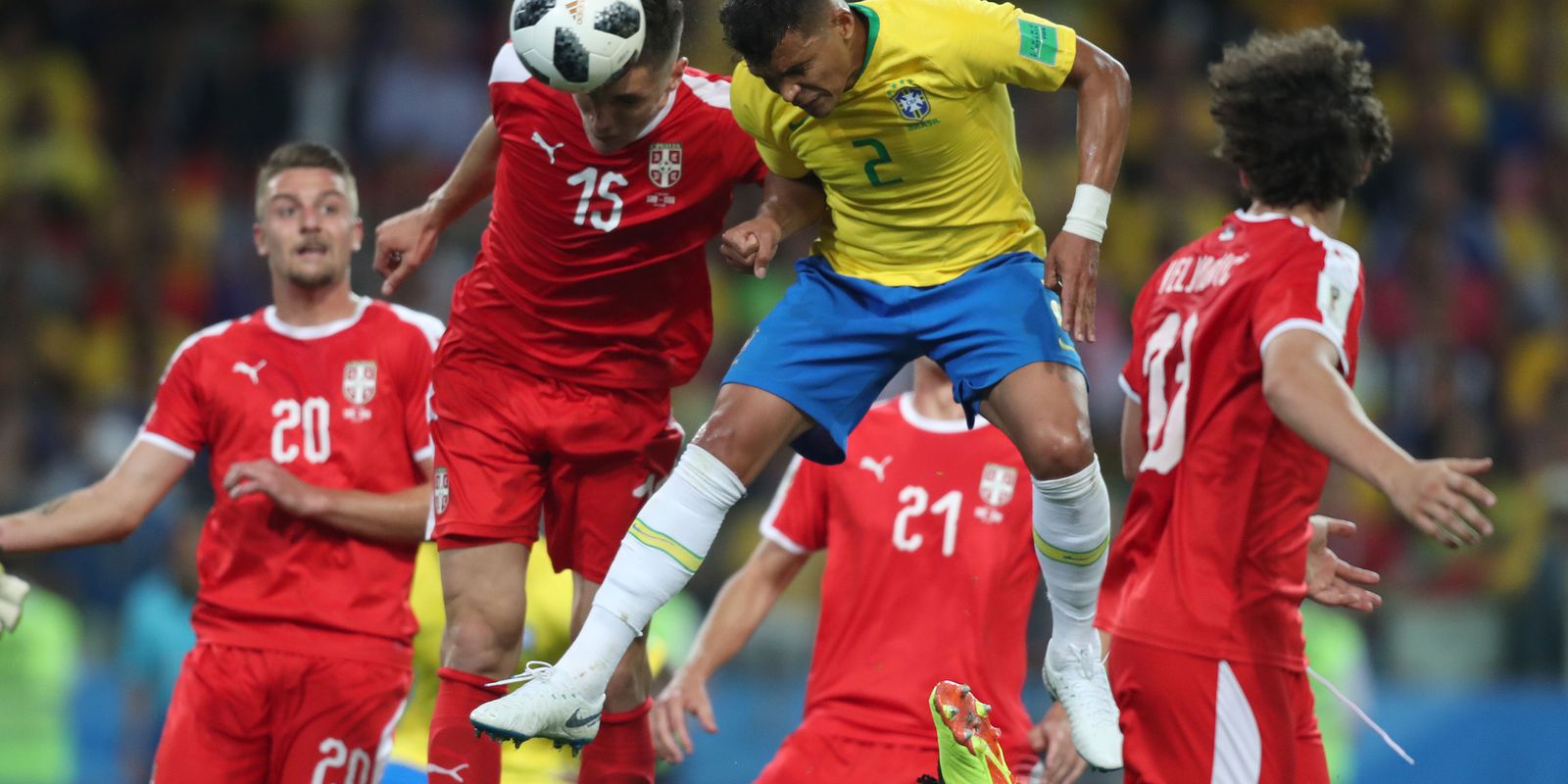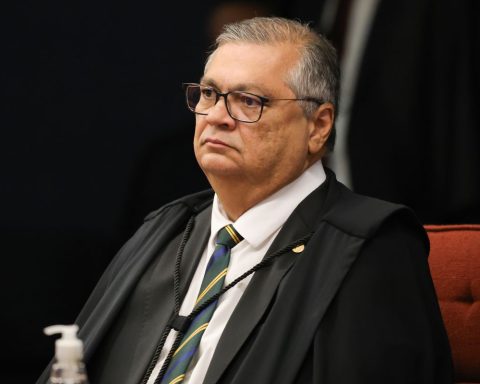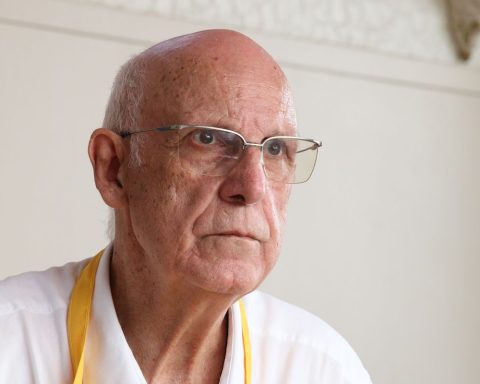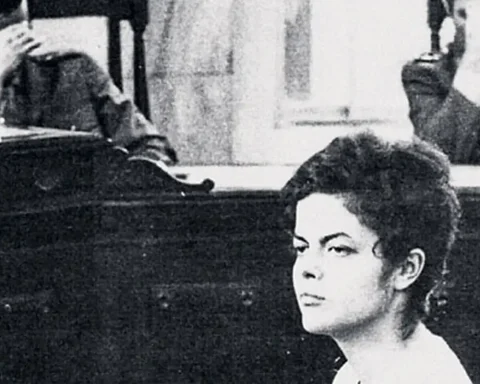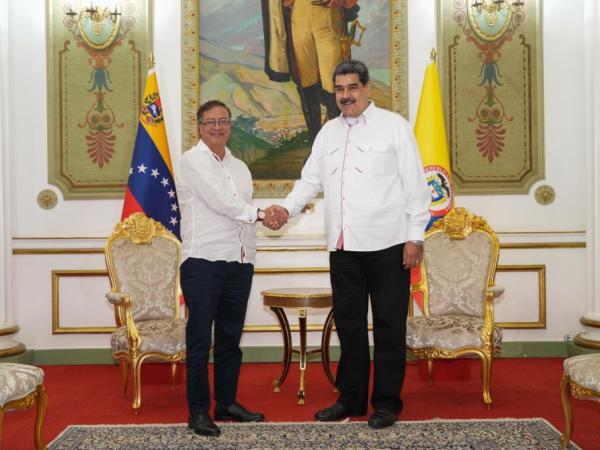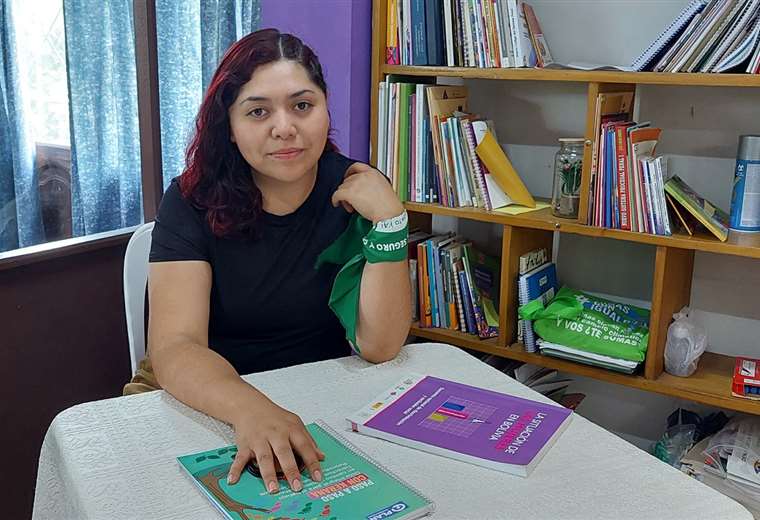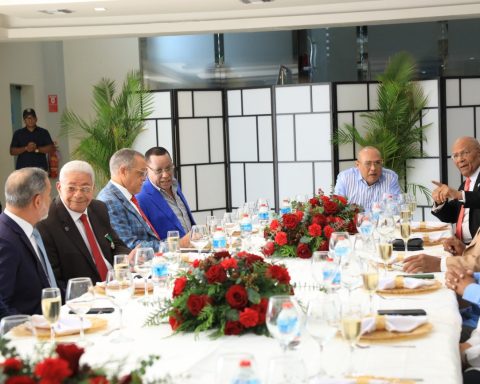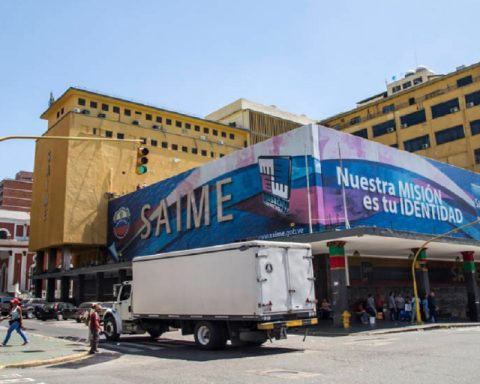That Serbia is Brazil’s first opponent in the Cup, that everyone already knows. For the UN, FIFA and the IOC, Serbia is the direct heir to the participation of the former Yugoslavia (fragmented in 1992) in World Cups and the Olympics. The United Nations considers that every time a country divides, a principle of international law called succession of states applies. Thus, sports federations transfer the competitive history to the heir country. That is, it will be the sixth time that Brazilians and Serbs (or Yugoslavs) will play a World Cup match.
The previous occasions were in 1930, 1950, 1954, 1974 (all as Yugoslavia, which used a dark blue shirt) and 2018 (already as Serbia, which uses a red uniform). There were two Brazilian victories, two draws and a single defeat. Now, in Qatar, Serbia has the opportunity to match the statistics of the confrontation and believes in the football of a 22-year-old, striker Dušan Vlahović, from Juventus (Italy), the team’s highlight and who was not in the squad he faced Brazil in the World Cup in Russia four years ago.
In turn, coach Tite was able to put on the field again five players who participated in that Brazilian victory by 2-0 in Moscow: Alisson, Thiago Silva, Casemiro, Gabriel Jesus and Neymar.
In 1950, at Maracanã, Brazil also won 2-0, in front of more than 142,000 fans. Four years later, they tied 1-1 in the Swiss Cup, and 0-0 in the opening of the World Cup in Germany (1974), on the soggy lawn of Frankfurt (Germany).
The only defeat of the canary national team to the Balkans occurred in the first match of Brazil in the history of the Cups: Yugoslavia 2 to 1, in Montevideo (Uruguay). The Brazilians, at that time, were represented only by players from teams in Rio de Janeiro, since the São Paulo ones did not release their stars to the CBD.
“Your keeper [goleiro] Mihajlovic was a tremendous barrier for our forwards [atacantes]?? In fact, the Belgrade keeper almost single-handedly won the eleven [a equipe] do Brasil”, wrote Diário da Noite at that time.
Interestingly, on the return of the Yugoslavs to Europe, the ship docked in Rio de Janeiro and there was a new game between the two teams. The Brazilians, still without the Paulistas, thrashed, in the “rematch”, by 4 to 1 in Laranjeiras.
It is also the former Yugoslavia that scored the most goals in a match against the Brazilian national team in the history of the World Cups, even surpassing the 7-1 score by Germany at the Mineirão stadium. After being eliminated from the World Cup in Italy (1934), Brazil decided to play some friendlies for the Old Continent. Best not to. On June 3, in Belgrade, the Yugoslavs scored 8-4 on the team. Goalkeeper Roberto Gomes Pedrosa (future manager and tournament name in the 1960s) conceded all eight goals. That duly forgotten afternoon, Brazil played with: Pedrosa; Luiz Luz and Sylvio Hoffmann; Ariel, Martim and Canalli; Leonidas da Silva, Luizinho, Armandinho (Carvalho Leite), Patesko and Waldemar de Britto.
“Although the Brazilian team does not represent, by far, our maximum force, it was expected that our compatriots would make a good performance, which unfortunately did not happen”, summarized the newspaper O Globo one day after the match.
